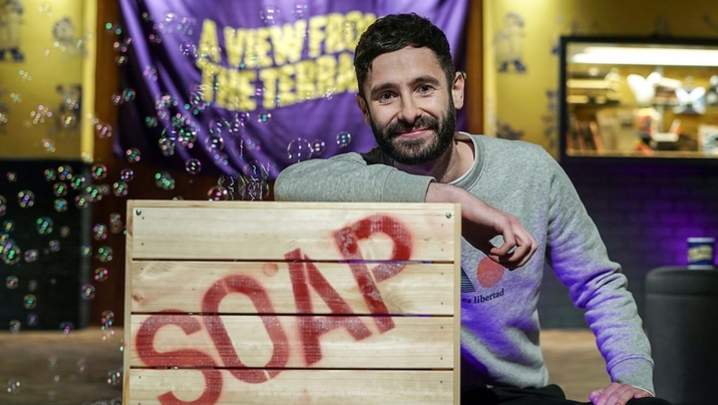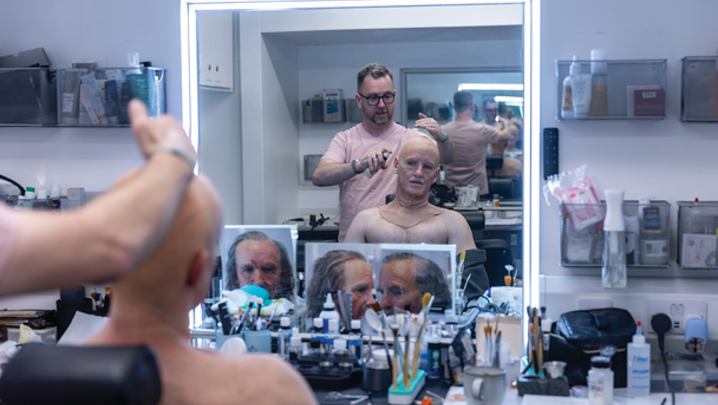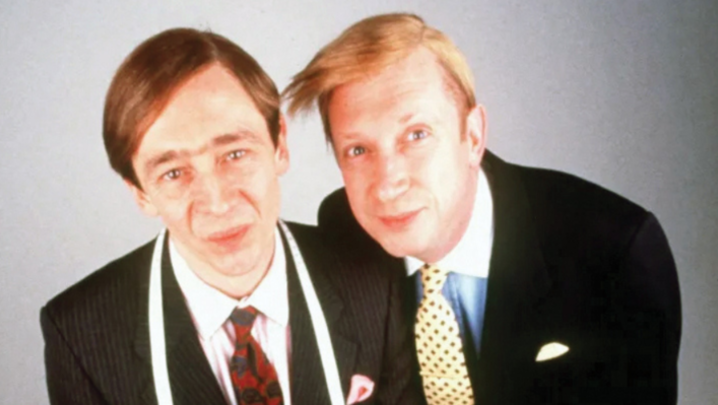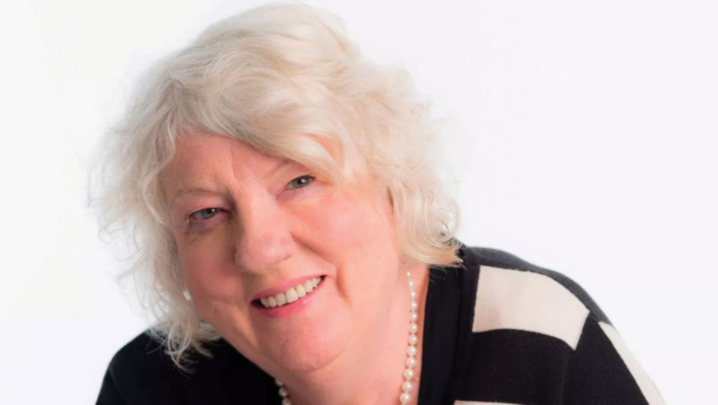Shooting Shetland is far from straightforward. Bethany Watt hears how the crime series is created
BBC Scotland crime drama Shetland, which celebrated its first decade on screen last year, was put under the spotlight at an RTS Scotland event in February.
The event was held in partnership with the Bring the Drama Festival, which complements the six-part BBC Two talent show Bring the Drama, fronted by Bill Bailey. The festival opens up the world of drama to people interested in a career on screen or stage.
Key crew members discussed how they contribute to the success of Shetland, which is made by ITV Studios company Silverprint Pictures.
For last year’s eighth series, Ashley Jensen stepped into the shoes of Douglas Henshall as lead detective.
Producer Louise Say gave an insight into the size of the team it takes to make Shetland and the complexity of the shoot. “We’d need twice the number of chairs that are here this evening for everyone involved in the show to have a seat, maybe a few more. We have about 65 folk actually on set on location, but, behind the scenes, we have more than double that,” she said.
“We have a lot of folk in London on the team as well, but mainly [we] are based in Glasgow…. Travelling to Shetland isn’t straightforward, and we have to take the whole team up there – it really is like a foreign shoot.”
On the specifics of her role, Say said that being a producer “is a big plate-spinning exercise, really. I am responsible for getting this amazing show on screen. Creatively, that means working with the script team [and being] across the logistics of making sure everyone is in the right place at the right time.”
Assistant director Susan Clark went into more detail about the challenges of working in the northernmost part of the UK: “There are all sorts of elements that can change on the day and, especially in Shetland, the weather can just turn on a sixpence.
“Last year, we were on the beach, the director arrived and we just stood there and said, ‘We can’t shoot.’ I mean, you couldn’t see. We went to stand everyone down [and] then the sun was out!”
Location manager Tim Maskell discussed being the “first person” on every production. “Initially, my job is to break the shoot down into individual locations and you get a lot of information from the script. And then [there is] striking the locations [and dealing with] the location owners and landowners,” he said.
“Also, [liaising with] local councils and police, traffic management, anything you can think of that you would need to do to get everyone to the location is done by me and my team.”
Costume designer Lesley Abernethy offered advice on how to break into the industry: “If you’ve got a degree in costume design, it’s good, but it doesn’t necessarily mean you’re going to fit in with the team in the best way…. In the past, we’ve had people with that kind of training who haven’t worked out.
“When I finished art school, I started working in the theatre, but in those days there weren’t as many training schemes and courses. Now you have great courses with ScreenSkills and the Royal Conservatoire.”
Say added: “It’s a freelance business. There aren’t many full-time jobs…. You would have to be comfortable with that. Have a good rainy-day pot for the leaner times. And, unfortunately, last year there were lean times for a lot of people in our business.
“But actually, at the heart of it, [it’s about] being passionate about telling this story with an amazing team. Ultimately, the pay-off is we’re all really proud of what we do.”
‘Shetland: Behind the credits’ was held on 15 February at BBC Scotland in Glasgow. It was an RTS Scotland event in association with ITV Studios and the BBC for the Bring the Drama Festival.







